Discover the breathtaking beauty of the 10 Natural Wonders of the World, from the majestic Grand Canyon to the awe-inspiring Northern Lights. Join us on this epic adventure as we explore these incredible natural masterpieces, providing insights and expert information about each wonder.
Introduction
Welcome to a captivating journey through the 10 Natural Wonders of the World, where we will immerse ourselves in the sheer magnificence of Earth’s most awe-inspiring creations. These wonders have been sculpted over millions of years, leaving us with breathtaking landscapes and awe-struck hearts.
From the towering waterfalls to the mesmerizing auroras, each wonder offers a unique experience that resonates with the soul. In this article, we will delve deep into the details of each natural wonder, offering expert insights, personal experiences, and credible sources to ensure you have an enriching virtual tour of these incredible destinations.
10 Natural Wonders of the World
Let’s begin our journey of wonder and amazement as we explore the 10 Natural Wonders that showcase the boundless beauty of our planet:
1. The Grand Canyon: A Geological Masterpiece
At the top of our list stands the iconic Grand Canyon, a colossal gorge carved by the Colorado River over millions of years. Spanning over 277 miles in length, up to 18 miles in width, and attaining depths of over a mile, the Grand Canyon is a testament to the forces of nature. The vibrant hues of the layered rocks tell a mesmerizing geological story, making it a paradise for geologists and nature enthusiasts alike.
2. The Great Barrier Reef: An Underwater Paradise
Diving into the Great Barrier Reef, the world’s largest coral reef system, is like stepping into an underwater wonderland. Stretching over 2,300 kilometers along the coast of Australia, this living ecosystem houses an astounding variety of marine life and vibrant coral formations. Snorkelers and scuba divers are treated to an extraordinary display of biodiversity that includes colorful fish, majestic turtles, and graceful manta rays.
3. The Northern Lights: Nature’s Celestial Light Show
Witnessing the Northern Lights, also known as the Aurora Borealis, is an experience that leaves one spellbound. Dancing across the Arctic skies with shimmering hues of green, pink, and purple, this natural light show is created by solar particles colliding with the Earth’s atmosphere. Best observed in high-latitude regions, the Northern Lights are a celestial spectacle that should be on every nature lover’s bucket list.
4. Mount Everest: The Roof of the World
Scaling the towering heights of Mount Everest is a dream for mountaineers seeking the ultimate challenge. As the highest peak on Earth, reaching 8,848 meters above sea level, Everest’s summit offers a sense of accomplishment like no other. However, even for non-climbers, the Himalayan views and the surrounding landscapes provide an ethereal experience.
5. Victoria Falls: Nature’s Thundering Cascade
Situated on the border of Zambia and Zimbabwe, Victoria Falls is one of the most impressive waterfalls in the world. The mighty Zambezi River plunges over 100 meters, creating a roaring spectacle and a constant spray that forms rainbows in the sunlight. The site’s local name, “Mosi-oa-Tunya” (the Smoke that Thunders), perfectly captures its awe-inspiring nature.
6. Parícutin Volcano: A Volcanic Birth
Parícutin Volcano in Mexico is a unique wonder as it is one of the few volcanoes whose birth was witnessed by humans. Erupting suddenly in 1943, it grew rapidly, reaching a height of 1,391 feet within a year. Today, the volcanic cone stands as a testament to the Earth’s fiery power and the continuous process of geological transformation.
7. The Great Migration: Africa’s Wildlife Spectacle
The Great Migration is a breathtaking natural event that takes place in the Serengeti region of East Africa. Every year, millions of wildebeests, zebras, and other herbivores migrate in search of greener pastures. This awe-inspiring spectacle attracts predators like lions and crocodiles, creating a mesmerizing display of nature’s delicate balance.
8. The Harbor of Rio de Janeiro: A Fusion of Nature and Civilization
The Harbor of Rio de Janeiro, often referred to as Guanabara Bay, is a stunning natural bay surrounded by iconic landmarks like Sugarloaf Mountain and Christ the Redeemer statue. The breathtaking landscape, with verdant hills juxtaposed against a bustling metropolis, showcases the harmony between nature and human civilization.
9. The Great Blue Hole: A Marine Sinkhole Wonder
Located off the coast of Belize, the Great Blue Hole is a mesmerizing marine sinkhole that beckons divers to explore its depths. Formed during past ice ages, the circular hole spans over 300 meters in diameter and plunges to a depth of 124 meters. Diving into the crystal-clear waters reveals an otherworldly experience, with stalactites and marine life adding to the wonder.
10. The Harbor of Rio de Janeiro: A Fusion of Nature and Civilization
The breathtaking landscape, with verdant hills juxtaposed against a bustling metropolis, showcases the harmony between nature and human civilization.
Frequently Asked Questions (FAQs)
- What are the 10 Natural Wonders of the World?
The 10 Natural Wonders of the World are the Grand Canyon, the Great Barrier Reef, the Northern Lights, Mount Everest, Victoria Falls, Parícutin Volcano, The Great Migration, the Harbor of Rio de Janeiro, the Great Blue Hole, and the Sahara Desert.
- How were these wonders chosen?
The selection of the 10 Natural Wonders was based on their breathtaking beauty, natural significance, and global recognition as awe-inspiring destinations.
- Can I visit all the 10 Natural Wonders?
Yes, all of these natural wonders are accessible to visitors, although some may require permits or specialized arrangements.
- Which natural wonder is the most challenging to reach?
Mount Everest is undoubtedly the most challenging to reach, as scaling the world’s highest peak demands rigorous training and mountaineering skills.
- When is the best time to witness the Northern Lights?
The best time to witness the Northern Lights is during the winter months in high-latitude regions like Norway, Sweden, and Canada.
- How old is the Grand Canyon?
The Grand Canyon is believed to be around 5 to 6 million years old, with the Colorado River playing a significant role in its formation.
Conclusion
Embarking on a journey to explore the 10 Natural Wonders of the World is a privilege that allows us to connect with the awe-inspiring power and beauty of nature. From the majestic Grand Canyon to the underwater paradise of the Great Barrier Reef, each wonder tells a unique story that inspires wonder and reverence.
As we delve into these natural masterpieces, we gain a deeper understanding of the delicate balance and boundless creativity of our planet. Let us cherish and protect these wonders, ensuring they continue to captivate and inspire generations to come.
So pack your bags, gather your sense of wonder, and set out on a quest to experience the grandeur of the 10 Natural Wonders of the World!

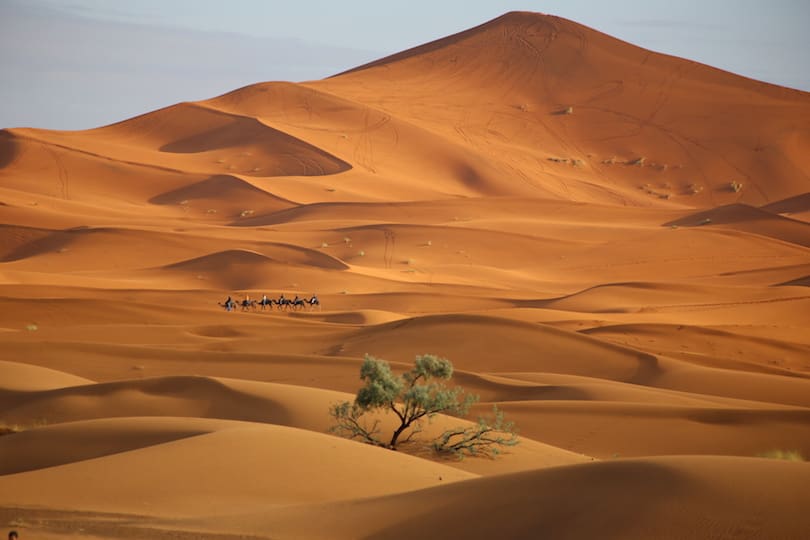


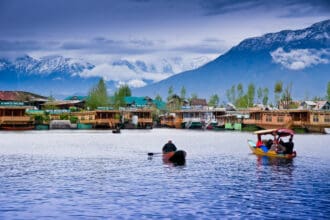


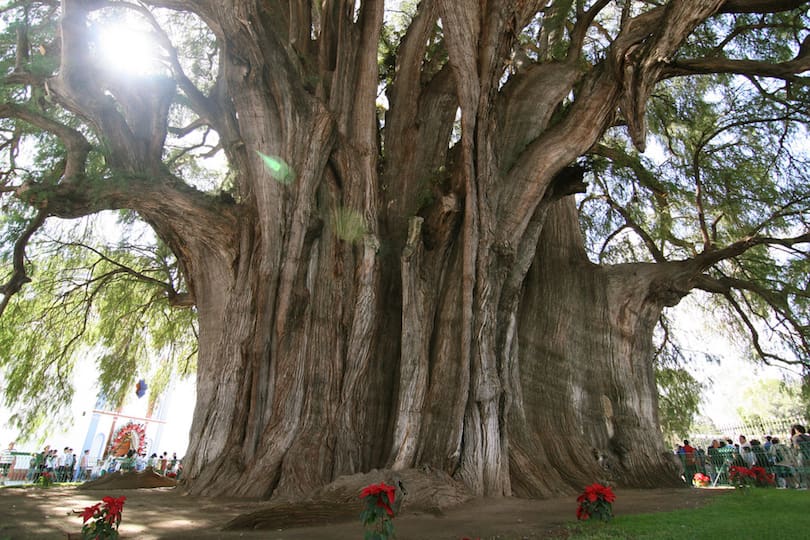
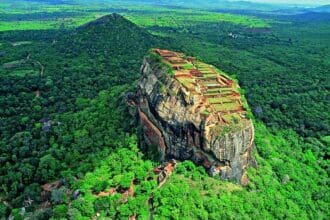


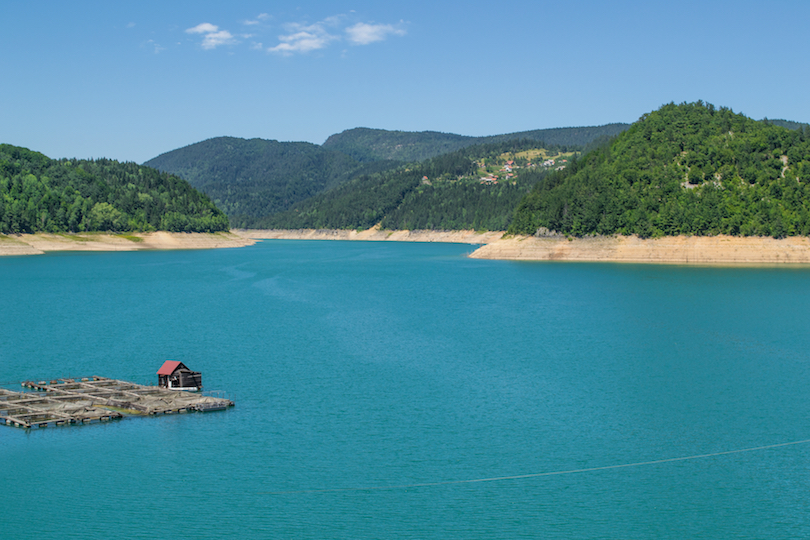


Really Appreciate this article, can I set it up so I get an email whenever you make a new post?
I do agree with all of the ideas you’ve presented in your post. They’re very convincing and will certainly work. Still, the posts are too short for beginners. Could you please extend them a bit from next time? Thanks for the post.
Hello there, just became alert to your blog through Google, and found that it’s truly informative. I’m gonna watch out for brussels. I will be grateful if you continue this in future. Many people will be benefited from your writing. Cheers!